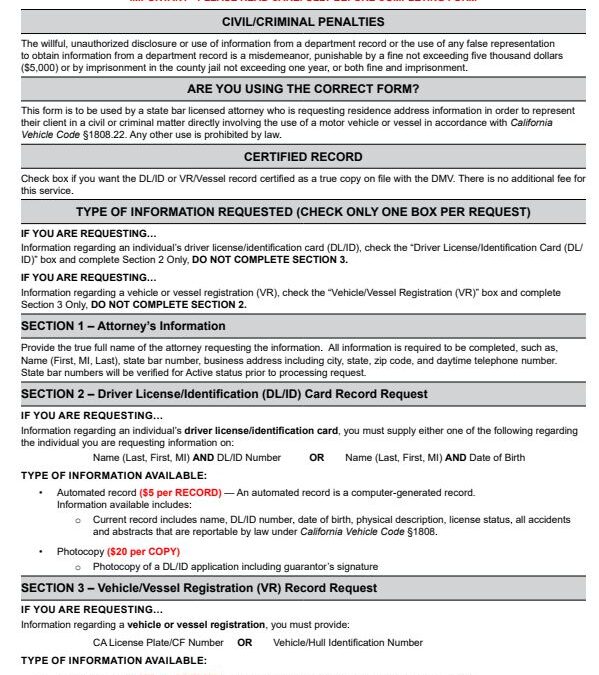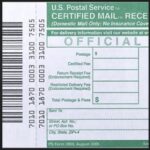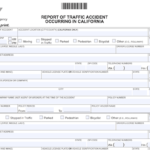Disclaimer: This blog post is for informational purposes only and does not constitute legal advice. Always consult with a qualified attorney for guidance related to your specific situation.
In the intricate web of the Department of Motor Vehicles (DMV) forms, one specific form, the 1161E, plays a pivotal role in a particular set of circumstances. But what exactly is DMV form 1161E? Who should use it? And why is it crucial? Allow LA Law Group to unravel the mystery.
- What is DMV Form 1161E?
DMV Form 1161E, often simply referred to as “1161E,” is an official document provided by California’s Department of Motor Vehicles. This form is used primarily to notify the DMV of the assignment or reassignment of a vehicle by a public agency or to report the disposal of a vehicle, among other purposes.
- When Should It Be Used?
The need for this form arises in scenarios such as:
- Public Agencies: When a public agency assigns or reassigns a vehicle.
- Vehicle Disposal: Reporting to the DMV that a vehicle has been disposed of.
- Declaration of Emergency Vehicle Status: When a vehicle’s status changes due to it being designated an emergency vehicle.
Remember, always refer to the specific form’s instructions or consult with an attorney to ensure it’s the appropriate form for your situation.
- Why is it Important?
Form 1161E serves as a critical piece of documentation, ensuring that the DMV has up-to-date, accurate records regarding the status of vehicles controlled by public agencies. This form helps in:
- Maintaining Clear Records: It keeps the vehicle’s status and ownership up to date in the DMV’s records, ensuring clarity and preventing potential disputes or misunderstandings.
- Legal Compliance: Properly completing and submitting the 1161E is a part of adhering to the regulatory requirements set by the state of California.
- Facilitating Transactions: For public agencies, this form streamlines the process of assigning, reassigning, or disposing of a vehicle.
- How to File DMV Form 1161E?
- Obtain the Form: The form can be downloaded from the DMV’s official website or picked up from a local DMV office.
- Fill Out Accurately: Ensure all information is accurate and complete. Cross-check with official records.
- Submission: Once filled, the form should be submitted to the appropriate DMV office, as per the instructions given on the form or on the DMV’s website.
- Retain a Copy: Always keep a copy of the submitted form for your records.
- Get Expert Guidance
Given the bureaucratic nature of DMV paperwork, one misstep can lead to delays or complications. If you’re unsure about any aspect of DMV Form 1161E or any other legal document, it’s advisable to seek professional assistance. Here at LA Law Group, we’re always ready to help guide you through the maze of legal forms and requirements. Reach out to us, and we’ll ensure that you navigate the legal pathways seamlessly.
In conclusion, while DMV Form 1161E might appear to be just another piece of paperwork, its correct usage and submission can make a significant difference in specific scenarios, especially for public agencies. By staying informed and proactive, you can ensure that all DMV-related matters proceed without a hitch.





